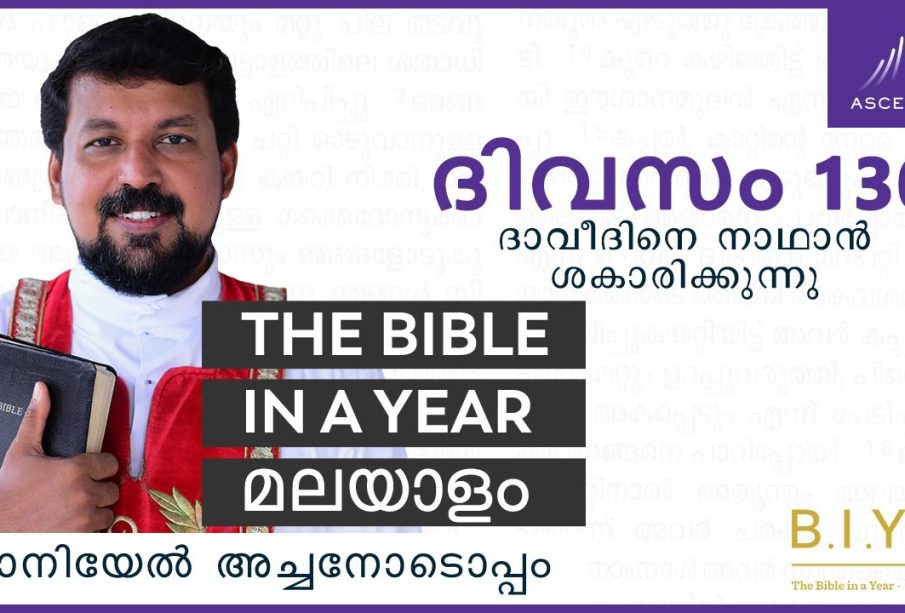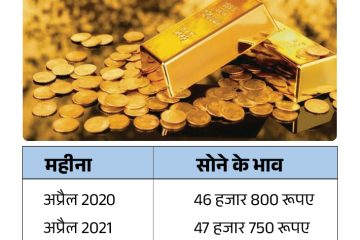Understanding Malayalam: A Cultural and Linguistic Perspective

Introduction
Malayalam, the official language of the Indian state of Kerala, is one of the 22 scheduled languages of India. With approximately 38 million speakers, it holds immense cultural and linguistic significance. This article delves into the relevance of Malayalam in contemporary society and its historical roots.
The Linguistic Heritage of Malayalam
Malayalam is a Dravidian language that evolved from Tamil-Sanskrit. It is characterized by its rich vocabulary and unique script, derived from the Brahmi script. The syntax and grammar of Malayalam allow for expressive literary forms, making it a prominent language in poetry and prose.
Recent Developments and Cultural Impact
In recent years, there has been a resurgence of interest in the language, thanks in part to the rise of Malayalam cinema and digital media. Films like ‘Kumbalangi Nights’ and ‘Maheshinte Prathikaaram’ have not only received critical acclaim but have also played a vital role in bringing Malayalam culture to the forefront. Additionally, Malayalam literature, with noted authors like O.V. Vijayan and M.T. Vasudevan Nair, continues to thrive, offering reader engagement on a global scale.
Malayalam in the Digital Age
Technology has made significant strides in promoting the Malayalam language. Various online platforms and mobile applications enable users to learn Malayalam, thus broadening its accessibility. Social media has also catalyzed the proliferation of linguistic content, from short stories to viral memes, showcasing the language’s adaptability in modern communication.
Conclusion
As globalization progresses, the significance of regional languages like Malayalam cannot be overstated. They form the backbone of cultural identity and heritage. Malayalam’s journey from its historical roots to its current standing as a vibrant language in media and technology reflects a successful adaptation to modern narratives. As we move forward, embracing and promoting such languages will be crucial for maintaining India’s cultural diversity.









